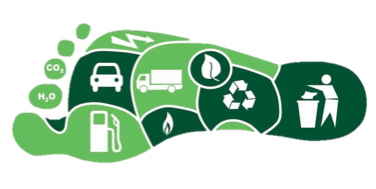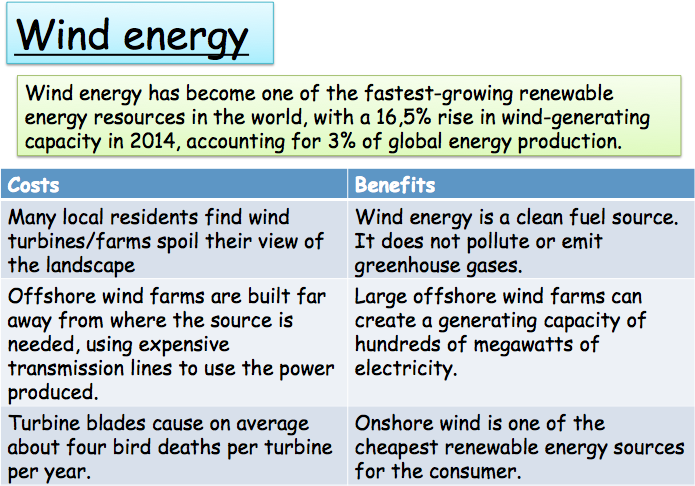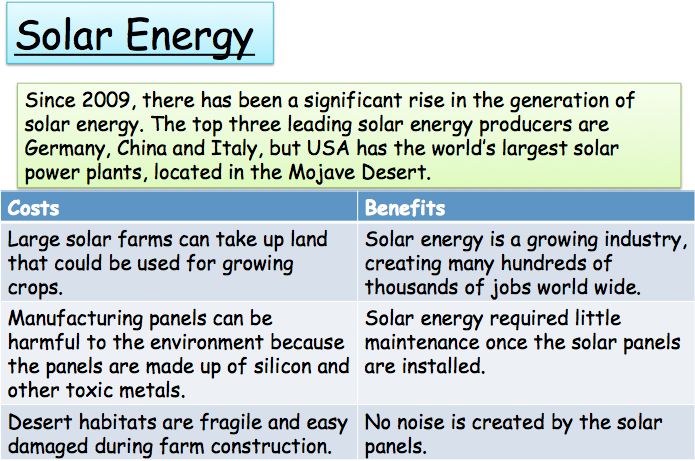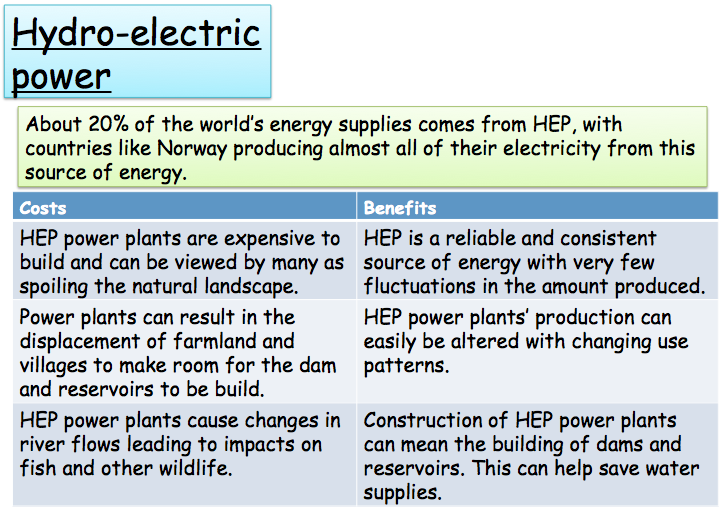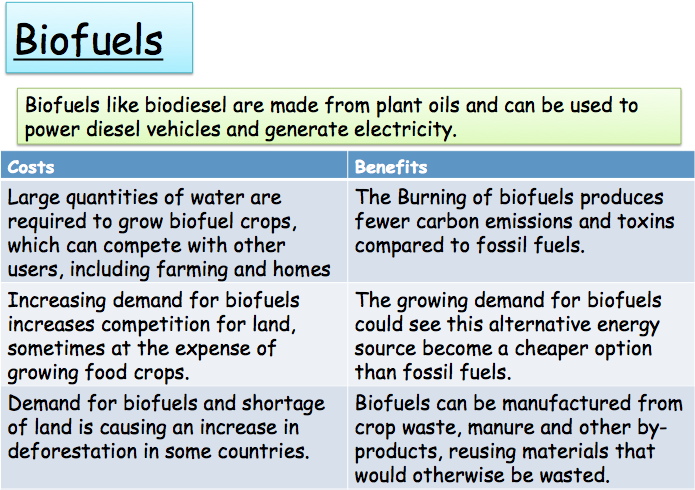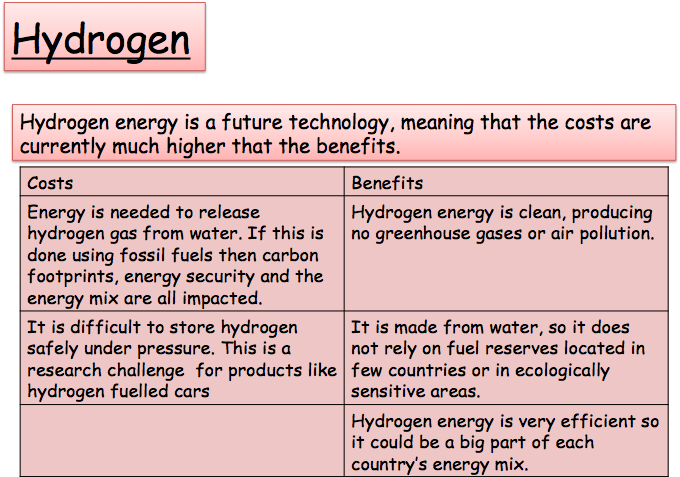Renewable Energy
Carbon Footprint
By 2050 there are likely to be more than 9.5 billion people on Earth. Two thirds will be living in urban areas.
Each person will demand energy for everyday life. As living standards improve, more people will want refrigerators, computers and cars. Global energy demand could be 80% higher by 2050 than 2000!
Every use of fossil fuels contributes to the world’s carbon footprint.
Carbon Footprint is a calculation of the total greenhouse gas emissions caused by a person, a country, an organisation, event or product. These emissions can be:
Direct – created by burning fossil fuels for energy use at home or on transport.
Indirect – those that come from owning a product, from its manufacture to its final disposal.
Benefits of Renewable
- Low or no carbon emissions
- Inexhaustible – wont run out
- Clean – no local air or water pollution
- Locally available – good for small scale needs and developing countries
- Reduce Globalisation costs – e.g. CO₂ emissions, pollution, fuel etc…
- Widely available – one or more likely to be available
Costs of Renewable Energy
- Cost of energy – e.g. it costs more to for a wind farm to generate the same amount of energy as a fossil fuel power station
- Geography – the best places for generating energy are far away from places that need it
- Extensive land use – wind farms, solar farms, hydroelectric power reservoirs and biofuel crops take up a lot of land area
- Impact on landscape – some people say that renewables, such as wind turbines, spoil the landscape and are noisy
- Impact on local eco-systems – e.g. deforestation to grow biofuel crops, birds being killed by turbines, valleys flooded for hydro-electric power
Wind Energy
Solar Energy
Hydro-Electric Energy
Biofules
Hydrogen
- Explain the costs and benefits of hydrogen as a renewable fuel.
- Your answer should include: Social / Economic / Environmental / Efficient / Water / Storage / Clean
